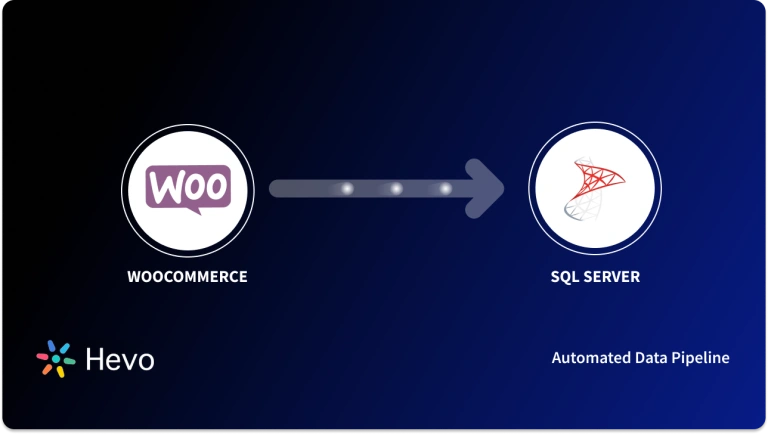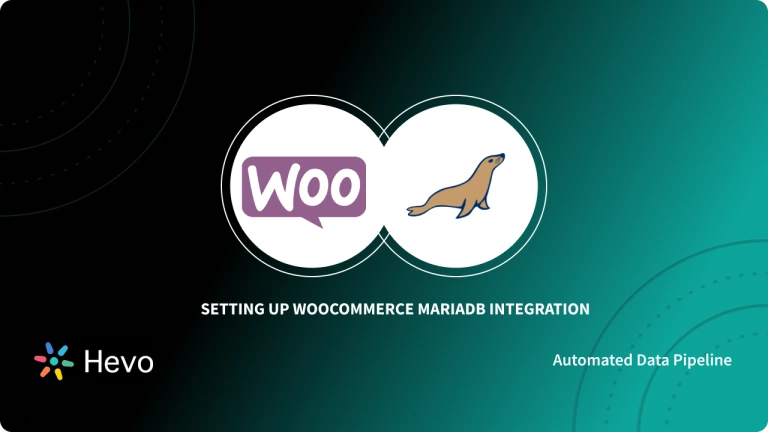If you run a WooCommerce Store and want to provide your customers with the best shipping and delivery experience, leveraging UPS Shipping Services can be your best bet. You can seamlessly integrate UPS with your WooCommece store and streamline the shipping process for every order you get on your WooCommerce Store.
In this article, you’ll understand the step by step procedure to set up the UPS WooCommerce Integration. You’ll also gain an in-depth understanding of both of these platforms and the features they offer. Finally, you’ll get to know how UPS WooCommerce Integration can be beneficial for your business. Read along to find out more!
Table of Contents
Prerequisites
- An Active WooCommerce Account.
What is UPS Shipping?
United Parcel Service (UPS, stylized as ups) is multinational shipping, receiving and supply chain management company based in the United States that was founded in 1907. Originally known as the American Messenger Company, UPS has grown to become a Fortune 500 company and one of the world’s largest shipping couriers.
Today, UPS is best known for its ground shipping services and the UPS Store, a retail chain that both assists UPS shipments and provides tools for small businesses. UPS Online Shipping allows you to book a shipment from the comfort of your own home. It also offers freight forwarding and logistical services. It is intended for international transportation of large goods and offers superior tracking, making it an excellent choice for businesses that want to ship internationally.
Furthermore, UPS provides Overnight or Two-day Air Shipping and delivers to PO Boxes via UPS SurePost, a subsidiary that forwards packages to the United States Postal Service for last-mile delivery.
What is WooCommerce?
WooCommerce is a Free and Open-source WordPress plugin that includes basic e-commerce features like Add to Cart, Checkout, Product Analytics, and others. Because of WooCommerce, WordPress is widely used in e-commerce development. It enables any company (large or small) to build a Responsive End-to-End E-Commerce solution capable of integrating thousands of plugins.
Additionally, dozens of WooCommerce Themes are available for purchase from various template suppliers and marketplaces. If a feature you require is not available in WooCommerce, it is almost always available in the WooCommerce Marketplace as a plugin or extension.
As a WordPress plugin, WooCommerce inherits WordPress’s excellent SEO Capabilities. This enables businesses to rank higher in search results without having to put in a lot of extra effort.
Key Features of WooCommerce
- Trustworthy: WooCommerce is built on WordPress, the software that powers more than 34% of the Internet. You’re in good hands because Sucuri, an industry leader in security, audits you on a regular basis.
- Heart of the Matter: WooCommerce seamlessly integrates commerce and content by building on top of the world’s most popular Content Management System. Everything you require is in one location.
- Minimal Restrictions: WooCommerce is completely Open-source, which means you can change and customize anything. Because you have complete control, you can add an unlimited number of products and users, as well as accept an unlimited number of orders.
- Global Community: WooCommerce stores and developers can be found all over the world, from Norway to South Africa, Canada to Japan.
A fully managed No-code Data Pipeline platform like Hevo Data helps you integrate and load data from 150+ Different Sources (Including 60+ Free Data Sources) like WooCommerce to a Data Warehouse or Destination of your choice in real-time in an effortless manner. Hevo with its minimal learning curve can be set up in just a few minutes allowing the users to load data without having to compromise performance.
Check out some of the cool features of Hevo:
- Real-Time Data Transfer: Hevo provides real-time data migration, so you can have analysis-ready data always.
- 100% Complete & Accurate Data Transfer: Hevo’s robust infrastructure ensures reliable data transfer with zero data loss.
- Scalable Infrastructure: Hevo has in-built integrations for 100+ Sources such as WooCommerce, that can help you scale your data infrastructure as required.
- Schema Management: Hevo takes away the tedious task of schema management & automatically detects the schema of incoming data and maps it to the destination schema.
- Live Monitoring: Hevo allows you to monitor the data flow so you can check where your data is at a particular point in time.
How to Set up UPS WooCommerce Integration?
To integrate UPS Shipping with WooCommerce, you must complete three major steps:
- UPS WooCommerce Integration Step 1: Download & Install the WooCommerce UPS Plugin
- UPS WooCommerce Integration Step 2: Configure APIs & Debugging Settings
- UPS WooCommerce Integration Step 3: Customize the Shipping Settings
UPS WooCommerce Integration Step 1: Download & Install the WooCommerce UPS Plugin
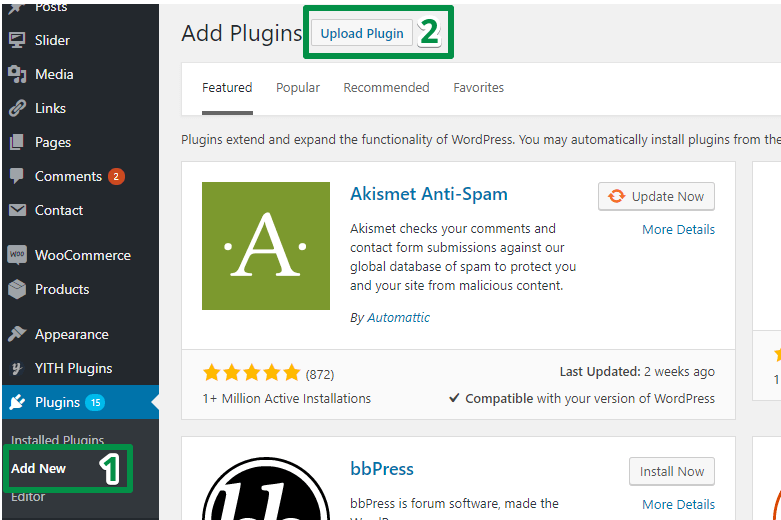
- Begin your integration process by locating and downloading the desired plugin for UPS.
- In your WooCommerce Admin Panel, navigate to Plugins > Add New > Upload Plugin. Then, choose the ZIP file that you just downloaded.
- Now, you need to install the Plugin by clicking on the “Install” option and then you can go ahead and activate it.
UPS WooCommerce Integration Step 2: Configure APIs & Debugging Settings
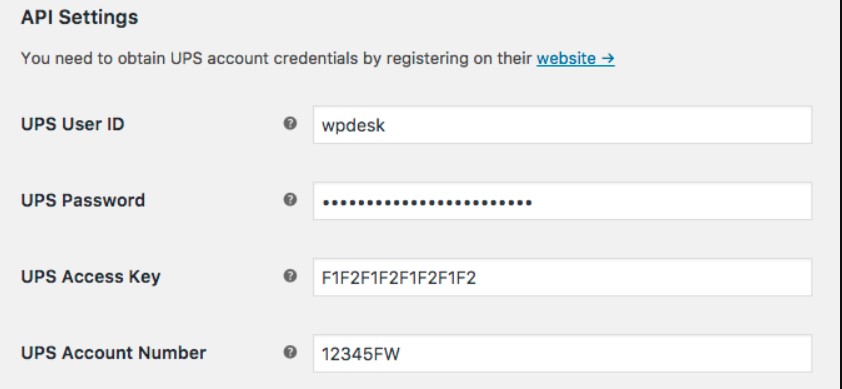
- Go to WooCommerce > Settings > Shipping > UPS and fill out the form as follows:
- UPS Password: You can create a UPS password during the signup process.
- UPS Access Key: Your UPS Access key will be emailed to you after you sign up.
- UPS Account Number: After you sign up, you will receive your UPS account number.
- Customer Classification: The rates returned are determined by the Customer Classification. It’s also worth noting that Retail Rates will match the results of the Online Calculator.
- Debug Mode: Enable or disable Debug Mode to display debugging information on your cart/checkout.
- Remember to save changes after you’ve finished adding the necessary information for your API & Debugging setup.
UPS WooCommerce Integration Step 3: Customize the Shipping Settings
- Go to WooCommerce > Settings > Shipping to get started.
- Choose the Shipping Zone to which you want to add the method, and then, on the right, click the “Add Shipping Method +” option.
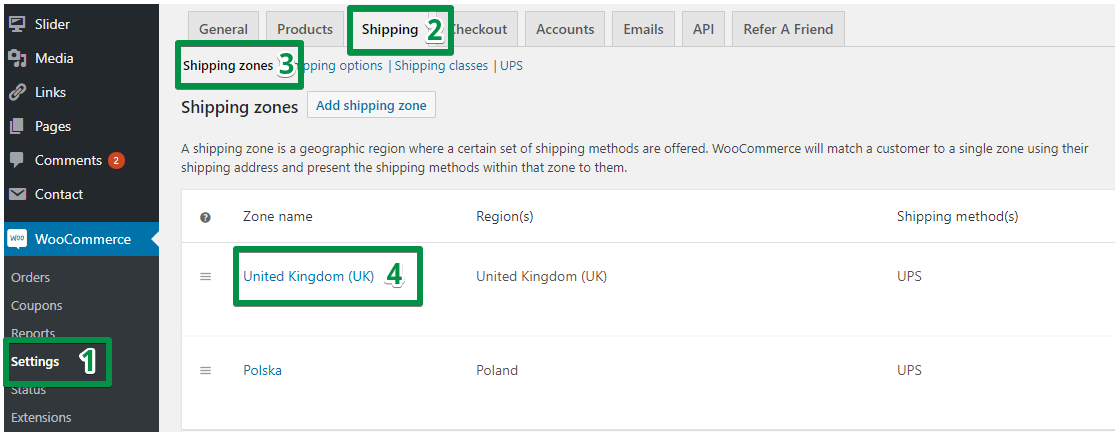
- Select UPS from the dropdown menu and hit the Add Shipping Method option.
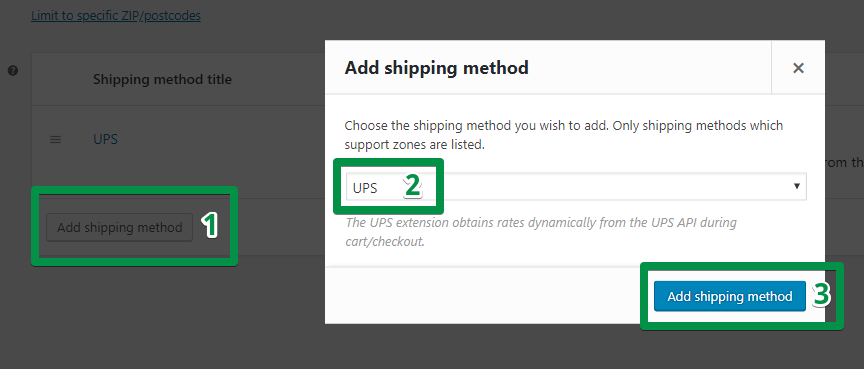
You can now begin with the Method and Origin Configuration. To do so, fill out the form as follows:
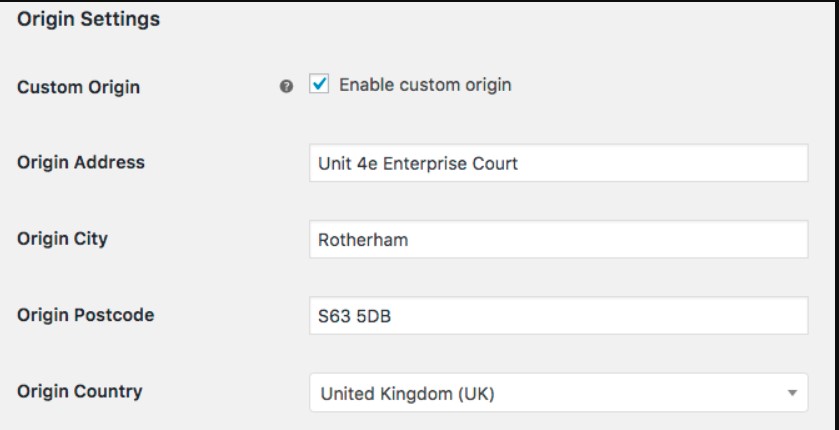
- Method Title: Give the delivery method a name. Customers are always aware of this.
- City of Origin: Enter the city from which you are sending.
- Postcode of Origin: Enter the postcode from which you are shipping. It is sent to the UPS API.
- Origin Country: Choose the country from which you will ship. It is sent to the UPS API.
This completes the UPS WooCommerce Integration!
Key Benefits of UPS WooCommerce Integration
Owing to its dependability, UPS is used by many business owners as a shipping provider. It will only take a few moments to integrate UPS services with your WooCommerce store. However, it has numerous advantages, including making shipping easier for both your employees and your customers:
- Gives your customers the option to ship to a UPS Access Point location.
- Helps you set up your preferred shipping rates.
- Helps you design shipping labels and manages bulk orders with ease and in one place.
- Displays an accurate & scheduled time of delivery during the checkout process based on a customizable order cutoff time.
- You can keep your customers informed and reduce inquiries with real-time tracking data.
Conclusion
When it comes to automating the shipping process, UPS Shipping provides a lot of flexibility to businesses of all sizes and types. Furthermore, if you have a WooCommerce website, you can easily integrate UPS services into your business and offer fantastic options to your customers.
You might wish to take your business growth a step further after learning about the UPS WooCommerce Integration by employing Data Analytics techniques on your WooCommerce data. This will necessitate the deployment of different complex ETL techniques to transfer data to a Data Warehouse.
Extracting complex data from WooCommerce, and numerous other platforms can be challenging & require immense engineering bandwidth, but this is where Hevo saves the day!
Hevo Data, a No-code Data Pipeline provides you with a consistent and reliable solution to manage data transfer between a variety of sources such as WooCommerce to a wide variety of Desired Destinations with a few clicks.
Hevo Data with its strong integration with 150+ Data Sources like WooCommerce allows you to not only export data from your desired data sources & load it to the destination of your choice, but also transform & enrich your data to make it analysis-ready so that you can focus on your key business needs and perform insightful analysis using BI tools.
FAQs
How to integrate UPS with WooCommerce?
To integrate UPS with WooCommerce, use the official WooCommerce UPS Shipping plugin or a third-party UPS integration tool. This allows you to offer real-time UPS shipping rates, manage label printing, and provide tracking details directly in your WooCommerce store.
How do I set up USPS shipping in WooCommerce?
Install the WooCommerce USPS Shipping plugin, enter your USPS API credentials, and configure your settings. This will enable real-time USPS rates at checkout, allowing you to offer options like Priority Mail and Express Mail based on product weights and dimensions.
What is UPS integration?
UPS integration connects UPS’s shipping services with an e-commerce platform or software, enabling automated shipping rate calculations, label creation, and package tracking. This helps streamline logistics and improves order fulfillment efficiency.







